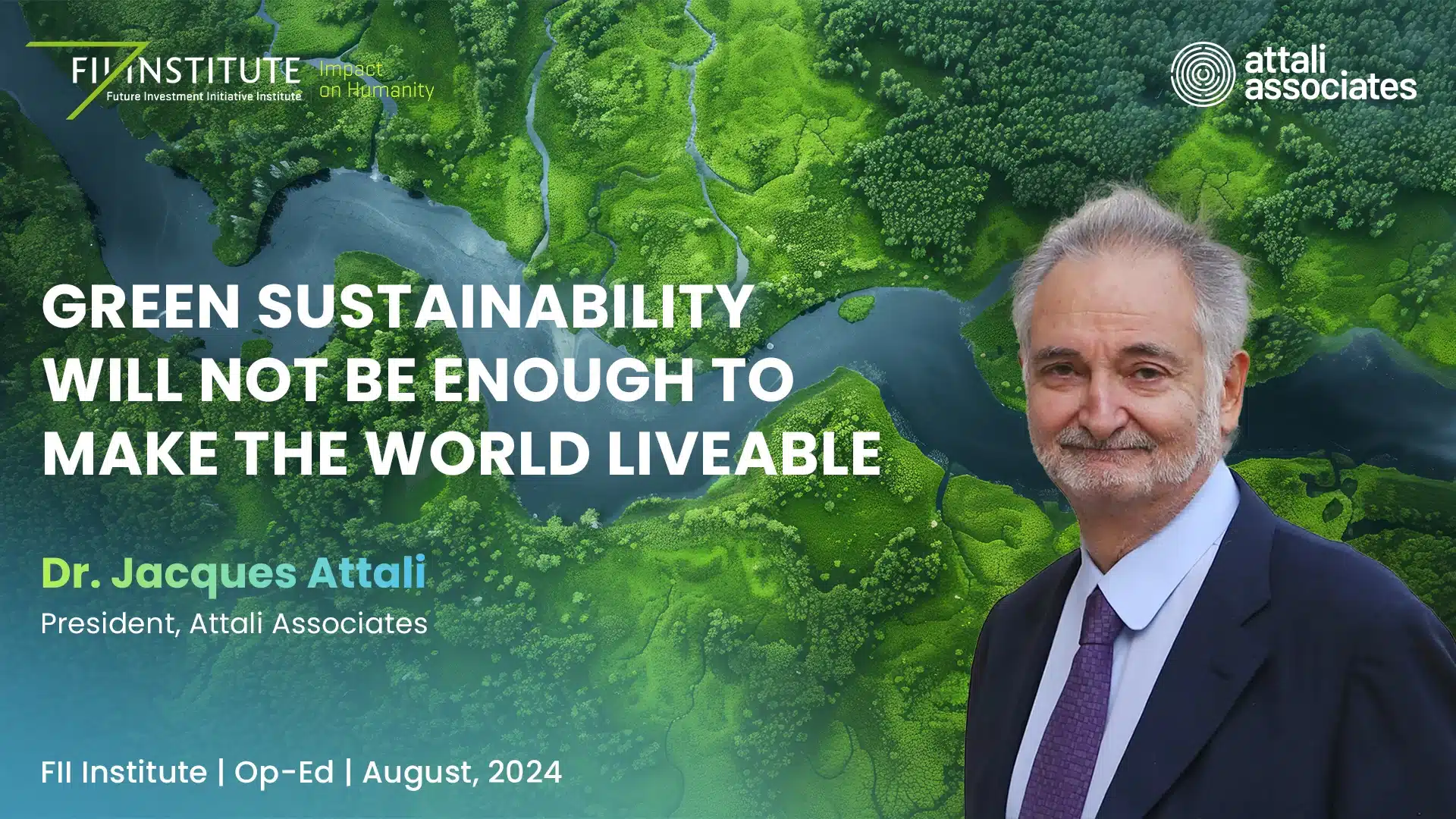THE CRUCIAL ROLE OF TREES
In times of phenomenal human induced technological advances, it’s almost awkward to realize that the greatest machines ever built to sequester carbon, produce rainfall and nourishes biodiversity are trees. Collectively, in the form of majestic tropical forests they hold the key to support our own existence in this planet.
IMPACT OF DEFORESTATION
Trees have an intrinsic relationship with economic and social development of humanity. Deforestation has advanced proportionally as civilization evolved, whether for use in construction, as fuel or for the conversion of soil to allow agricultural expansion. As a result, many areas of the Global North that were previously heavily forested have been significantly reduced, leading to the loss of biodiversity and severe changes in ecosystems. As a result, our planet’s significantly important forest remnants are in the Global South: The Amazon Rainforest, the forests of Central Africa, as well as the forests of Southeast Asia, the Tropical forests of the world.
The United Nations Framework Convention on Climate Change (UNFCC) points out that tropical forests maintain around of 15 to 20 years of global CO2 emissions in their biomass, and actively absorbs carbon dioxide from the atmosphere second after second . But Forests are far from being just Carbon sucking and storage machines. They are living entities maintaining more than 30% of terrestrial biodiversity with who knows how many species still to be identified.
Tropical forests are also responsible for regulating much of the global rainfall regime. Data from the National Amazon Research Institute (Inpa) indicate that 20 trillion liters of water are evapotranspired by Amazonian trees every day. To give you an idea, the volume dumped into the Atlantic Ocean by the Amazon River is over 17 billion tons daily. All this water produced and recycled by the Amazon Forest is responsible for about half of the agricultural production in South America enabling this region to export food and fibers to most regions in the world.
However, we are failing tremendously to protect and restore forest ecosystems. The tropics are losing over 10 million hectares of trees every year for the past 30 years, resulting in yearly emissions of 2.5 Gt of carbon dioxide, equivalent to India’s annual fossil fuel emissions. This self-destruction is a result of our incapacity to attribute economic value to forests vital ecosystem services. Deforestation still means immediate and significant financial gains for those who exploit these resources as it was in the 18th century, and in many cases occur illegally and over indigenous peoples’ rights.
URGENT NEED FOR ECONOMIC INCENTIVES
Legislation and command and control actions alone are not enough to stop deforestation. As an example, Brazil has one of the most robust Forestry Laws in the world, being cited as a legislation example for other nations, however, challenges such as the lack of effective implementation, budgetary limitation, and the lack of economic alternatives for local populations prevent reducing deforestation. It is crucial then to complement these measures with economic incentives for conservation and restoration providing viable sustainable alternatives for communities dependent on forestry exploitation.
Therefore, we urgently need to expand investments towards Nature Based Solutions, defined by International Union for Conservation of Nature (IUCN) as actions to address societal challenges through the protection, sustainable management and restoration of ecosystems, benefiting both biodiversity and human well-being.
HARNESSING VOLUNTARY CARBON MARKETS
After 20 years working to link finance and conservation, I see Voluntary Carbon Markets (VCM) as the best tool to consistently channel resources from the Global North and the Private sector to developing countries enhancing their ability to protect and restore forests ecosystems. A recent statement by the United States Treasury Department, as well as SBTi’s recognition of the importance of private investments in reducing greenhouse gases beyond business chains go in that direction.
Investing in projects and programs of REDD+ changes the incentives for deforestation, by generating economical value for the conservation actions developed by local companies and indigenous communities. Protecting the remaining forest ecosystems must be financed by companies willing to reach their Net Zero goals
CRITICAL INVESTMENTS IN ARR
We are now in a situation where only protecting what remained as forests is not enough. We need to bring back what already been had been lost. Investments in the Afforestation, Reforestation, and Revegetation (ARR) are picking up worldwide as its clear that this process remove, protect and shelter fragile areas from floods caused by abnormally storms and sea level rise. It’s both a mitigation and an adaptation investment that employs hundreds of thousands of people in done in the necessary scale.
NATURE-BASED SOLUTIONS
As an example, we at Biofílica Ambipar developed an ARR project called “Corredors for Life”, which aims to create ecological corridors through the restoration of natural vegetation in Brazil’s Atlantic forests, promoting connectivity of remaining fragments transforming these places into sanctuaries for the maintenance of local biodiversity. This project alone has the potential to sequester 30 million tons of CO2 equivalent in the next 35 years.
As a global society, we are extremely behind in reaching the carbon emissions reduction targets related to the Paris Agreement, both in terms of the private sector and nations. Carbon markets are not silver bullets that will save the planet, but it is certainly one of the most important financial tools currently available to help with this goal. Using it to fund high integrity Nature Based Solutions investments is crucial to protect our forests and ourselves.





